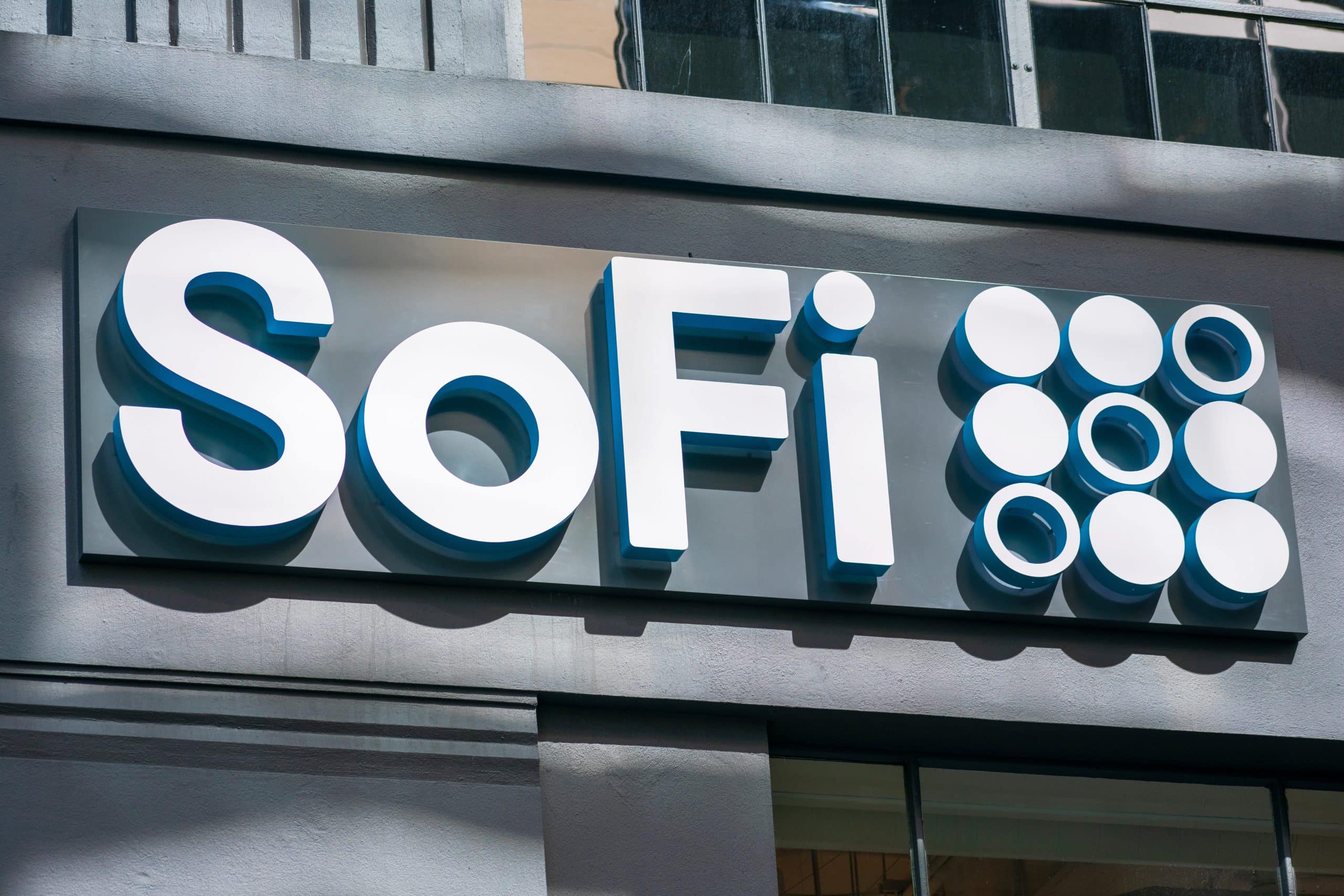The Digital Finance Challenger Moves to Center Stage
The financial technology sector is experiencing a profound transformation, with digital-first companies gradually displacing legacy players. Few stories illustrate this shift better than SoFi Technologies’ second quarter of 2025. In a financial environment marked by rising rates, persistent inflation, and intensifying competition, SoFi delivered its strongest results to date. With record adjusted net revenue, robust profitability, and continued product innovation, SoFi is solidifying its position as a leader in U.S. consumer fintech. This article analyzes the company’s Q2 2025 performance, strategic drivers, risks, and what investors can learn about the future of digital financial services.
Quantitative Highlights: Revenue, Profit, and Membership Reach All-Time Highs
SoFi posted record adjusted net revenue of $858 million for Q2 2025, marking a 44% increase year-over-year and the fastest growth pace in more than two years. Adjusted EBITDA surged to $249 million (a 29% margin), while GAAP net income reached $97 million for the quarter (11% net margin). This quarter marked SoFi’s seventh consecutive quarter of profitability, underlining the sustainability of the business model.
The composition of revenue highlights a structural shift: fee-based revenue reached $378 million, up 72% year-over-year, now representing 44% of total adjusted net revenue. The Financial Services and Tech Platform segments together contributed $472 million, growing 74% over the prior year. Tangible book value rose by $1.1 billion to $5.3 billion.
Membership growth was also a standout feature: SoFi added a record 850,000 new members and 1.3 million new products in the quarter, reaching a total of 11.7 million members and 17.1 million products—a 34% annualized growth rate. The company’s product cross-sell engine is accelerating, as more members engage with multiple SoFi offerings, driving higher lifetime value and platform stickiness.
Diversified Business Model: Lending, Financial Services, and Technology Platform
SoFi’s strategic strength lies in its diversified revenue streams. The company operates across three major segments: Lending, Financial Services, and Technology Platform.
The Lending segment delivered strong growth with adjusted net revenue rising to $447 million in Q2 2025, up from $339 million a year prior. Personal loan originations reached a record $6.97 billion, while student loan and home loan originations were $993 million and $799 million, respectively. Notably, SoFi’s loan performance remains robust: 90-day delinquencies on personal loans fell sequentially to 0.42%, and net charge-offs dropped to 2.83%.
In the Financial Services segment, net revenue doubled year-over-year, reaching $363 million, with a contribution margin surpassing 52%. This was fueled by rapid adoption of SoFi Money, expansion of SoFi Invest, and increased credit card usage. Financial Services now comprise a growing share of total company profit, signaling a pivot to capital-light, fee-based growth.
The Technology Platform segment (which includes Galileo) delivered steady net revenue of $110 million and a 30% contribution margin, with platform accounts rising to 160 million. The platform enables a wide range of clients to build digital banking products, process payments, and manage accounts, positioning SoFi as a key B2B enabler within fintech.
Fee-Based and Capital-Light Revenue: Structural Advantages
One of SoFi’s most important developments in recent years is the move towards fee-based, capital-light revenue models. In Q2 2025, fee-based revenue as a share of adjusted net revenue rose to 44%, up from 37% a year ago. This shift is partly the result of growth in the loan platform business (originating and selling loans for third parties), as well as technology and referral fees.
The loan platform business is now annualizing at $9.5 billion in originations and over half a billion dollars in high-margin, fee-based revenue. This enables SoFi to address segments of loan demand that fall outside its traditional credit box, thus broadening its market opportunity without materially increasing risk or balance sheet exposure.
Brand, Product, and Member Growth: The Financial Services Productivity Loop
SoFi’s marketing and brand-building efforts are paying off. Unaided brand awareness hit an all-time high of 8.5%, boosted by sponsorships (such as SoFi Stadium, the NBA, and new music partnerships). The company’s Financial Services Productivity Loop is in full force: brand visibility attracts new members, product depth drives cross-selling, which increases lifetime value, enabling further reinvestment in technology and marketing. This virtuous cycle has created a powerful, self-reinforcing growth engine.
SoFi’s Plus membership tier, tailored investment advice, and digital-first banking experience further enhance member retention and spending per user.
Credit and Risk Management: Consistent Performance Amid Macro Headwinds
Despite a volatile macroeconomic backdrop—marked by rising rates, inflation, and shifting consumer credit profiles—SoFi maintained strong credit performance. Weighted average FICO scores for personal loans remain high (743), and for student loans (768). Cumulative net losses for the 2020–2025 loan vintages stand at 4.0% of total originations, well below the company’s 8% loss tolerance.
The funding base is robust, with nearly $30 billion in member deposits, 90% of which come from direct deposit relationships. This stable funding enables SoFi to maintain an attractive net interest margin (5.86% in Q2 2025), while deposit funding has reduced annualized funding expenses by more than $550 million compared to pre-bank license levels.
Capital ratios remain well above regulatory minimums: CET1 is 14.3% versus a 7% requirement, and the leverage ratio is 12.9% versus 4%.
Profitability, Efficiency, and Outlook
SoFi continues to balance profitability with reinvestment. Adjusted EBITDA margin improved to 29%, and adjusted net income margin rose to 11%. Diluted EPS hit $0.08 for the quarter (adjusted), the highest since going public. The company’s 2025 guidance anticipates $3.375 billion in adjusted net revenue (30% annual growth), $960 million in adjusted EBITDA, and $0.31 in diluted EPS. Tangible book value is expected to grow to $5.53 billion by year end.
Growth is expected to be broad-based: at least 3 million new members in 2025 (about 30% above 2024 levels), double-digit lending growth, 60–65% growth in Financial Services revenue, and continued double-digit growth in Technology Platform revenue.
Challenges and Strategic Risks
Despite SoFi’s impressive results, challenges remain. The company must navigate an uncertain macro environment—interest rates, inflation, and regulatory shifts could affect both credit quality and demand. Competitive pressures from both legacy banks and new fintech entrants are intense, particularly as digital innovation becomes table stakes.
SoFi’s rapid growth also requires careful management of operating expenses, technology investment, and credit risk. The company’s non-GAAP adjustments (particularly around share-based compensation and loan fair value marks) should be monitored closely by investors seeking to gauge true underlying profitability.
Comparison, examination, and analysis between investment houses
Leave your details, and an expert from our team will get back to you as soon as possible
* This article, in whole or in part, does not contain any promise of investment returns, nor does it constitute professional advice to make investments in any particular field.
To read more about the full disclaimer, click here- Articles
- •
- 7 Min Read
- •
- ago 7 minutes
 Rolls-Royce Soars to New Heights as Jet Engine Demand Powers Earnings Outlook
Rolls-Royce Soars to New Heights as Jet Engine Demand Powers Earnings Outlook
Rolls-Royce Holdings PLC has significantly upgraded its full-year outlook, citing a sharp rebound in demand for its jet engines. The
- ago 7 minutes
- •
- 7 Min Read
Rolls-Royce Holdings PLC has significantly upgraded its full-year outlook, citing a sharp rebound in demand for its jet engines. The
- Articles
- •
- 8 Min Read
- •
- ago 30 minutes
 The AI Surge: When Tech Investments Become the Engine of Growth
The AI Surge: When Tech Investments Become the Engine of Growth
A newly published chart from the U.S. Bureau of Economic Analysis (BEA) reveals a striking shift in the dynamics of
- ago 30 minutes
- •
- 8 Min Read
A newly published chart from the U.S. Bureau of Economic Analysis (BEA) reveals a striking shift in the dynamics of
- Articles
- •
- 7 Min Read
- •
- ago 50 minutes
 Grab Surpasses Expectations with Robust Q2 Results, Raises Full-Year Outlook
Grab Surpasses Expectations with Robust Q2 Results, Raises Full-Year Outlook
Grab Holdings Ltd. (NASDAQ: GRAB) posted strong second-quarter results for FY2025, delivering top- and bottom-line beats and reaffirming its momentum
- ago 50 minutes
- •
- 7 Min Read
Grab Holdings Ltd. (NASDAQ: GRAB) posted strong second-quarter results for FY2025, delivering top- and bottom-line beats and reaffirming its momentum
- Articles
- •
- 7 Min Read
- •
- ago 2 hours
 China Flashes Warning Signs as July PMI Data Disappoints
China Flashes Warning Signs as July PMI Data Disappoints
Both manufacturing and services sectors underperform, fueling calls for renewed stimulus from Beijing Dual Weakness in Industry and Services Financial
- ago 2 hours
- •
- 7 Min Read
Both manufacturing and services sectors underperform, fueling calls for renewed stimulus from Beijing Dual Weakness in Industry and Services Financial












